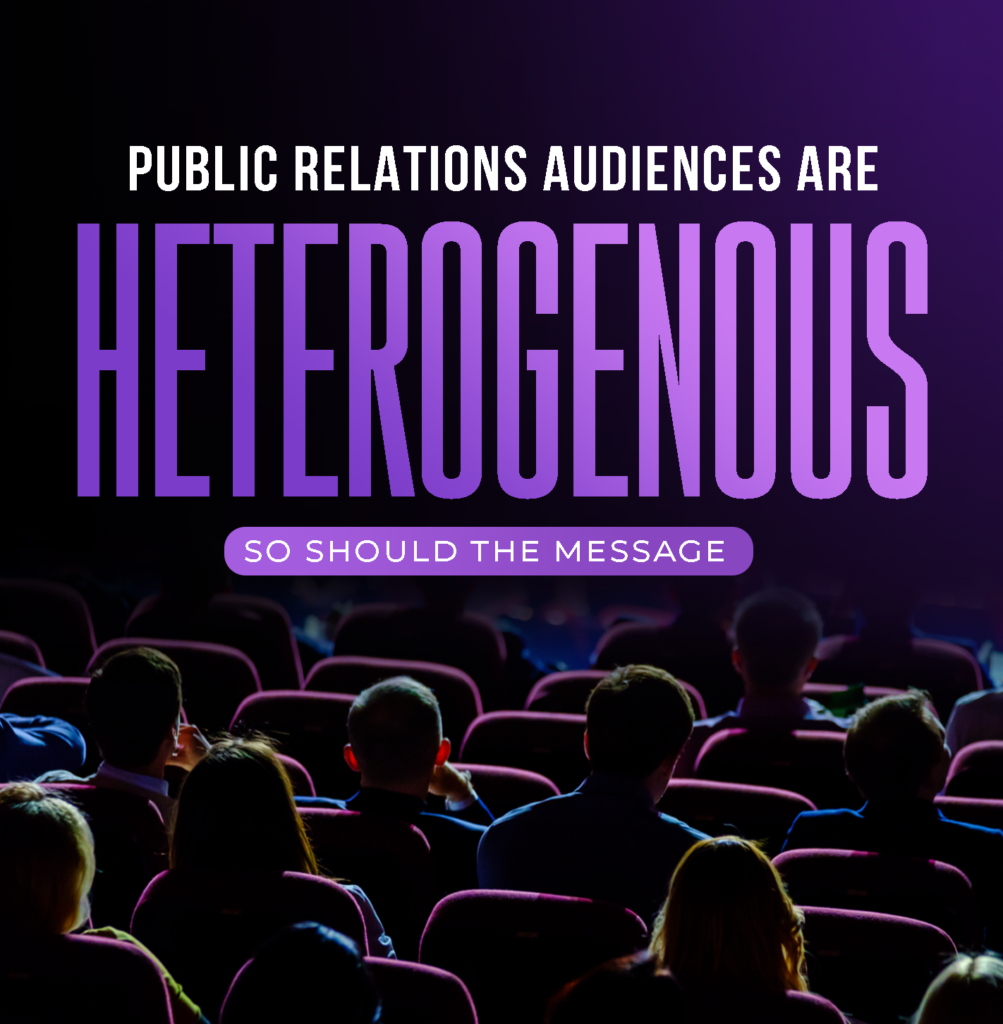
Emphasising the reality that Public Relations (PR) is all about influence can never be too much — and when we say influence, let’s say it like it is. Influence — not tricks, stunts, spinning of distortions.
Public Relations has been the ‘Go-To’ for brands and individuals who need to earn the love of the public either by promoting what they know how to do best or amplifying the features of their products and how they help the consumer or the general public. Knowing this, it is evident why brands now see the need to invest heavily to communicate with their target market, and this investment is obviously made to expect either a Return On Investment (ROI) or Return On Objective (ROO).
Brands do not communicate because they want to save the newspaper clippings, they do this because they want something in return from their various public categories — Brand equity, Buy-in, public perception and reputation. They want consumers to buy their products or use their services. They want activists to leave them alone and they also want host communities to support the construction of a new plant in their backyard, for instance.
The advent of Digital PR and the need to consider digital communities and audiences have therefore made PR messaging not a one-size-fits-all, unlike what it used to be. What this means is that the material developed for print media and its audience might not be or will need to be re-purposed for the digital and social media audience, but this, we are yet to fully adopt into the practice in this part of the country. However, some PR consultants and content creators are beginning to generate different messaging messages to suit the target audience. For instance, studies have shown that digital and social media audiences will engage more with visual content than a thousand and five hundred word captions.
The traditional practice is to develop a press release and blast it out to every publication, whether it is a trade publication, general interest newspaper, specialised newspaper, news or entertainment magazine etc. Just one press release! Whereas these are different audiences, each, with unique information needs.
From experience, the most real reason for the ‘conservative’ practice is simple. Cost! The cost of producing multiple versions of one release can be staggering, so what is done is to keep the per-unit cost of press releases as low as possible. Clients might not be ready to pay for the cost, anyway. Of course, they might wish not to understand why they should pay, even if the explanation came from a renowned teacher. It is however important to note that there are peculiarities to writing e-press releases.
The industry must recognise that the world is different now. This time around, life is audience-centric – beyond media saturation. Everyone feels they deserve to be marketed to as an individual and not as a group. They hunger for messages personally sewn for them. Each individual expects to get exactly the information he needs – information that answers his specific questions.
People still expect to be treated like the individuals that they are and expect to be taken care of, so they can invest their loyalty to your brand. They now call the shots so expect messaging that speaks to them without lisping.
Truly, customising messages for various target audience is the key to earning some good market share in this age of stiff competition and varieties. To resonate, messaging must be knitted according to the various classes of your audience and the platforms you intend to use.

